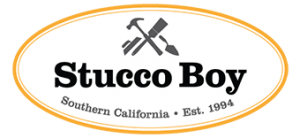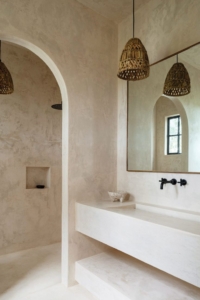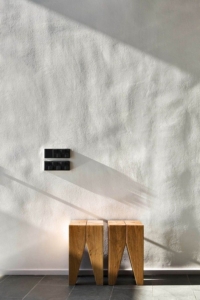Smooth Stucco or Textured Stucco: Which is Easier to Maintain?
When it comes to choosing an exterior finish for your home, stucco is a popular and enduring option. Its durability and versatility have made it a favorite among homeowners and builders for generations. However, one important consideration when selecting stucco is the ease of maintenance. Smooth stucco and textured stucco each come with their own set of maintenance requirements. In this blog post, we’ll explore the key differences between these two finishes and help you determine which is easier to maintain for your specific needs.
Understanding Smooth Stucco
Smooth stucco, as the name suggests, has a sleek and flat finish. This finish is achieved by troweling and smoothing the stucco mixture on the exterior surface. Here are some maintenance aspects to consider with smooth stucco:
1. Cleaning
Smooth stucco is relatively easy to clean because of its flat surface. You can use a power washer or a hose with a nozzle attachment to remove dirt, dust, and grime. A mild detergent can be used for stubborn stains.
2. Repairs
Smooth stucco may require more frequent touch-ups for cracks and minor imperfections. These can be patched and painted over to maintain a uniform appearance.
3. Paint
One of the advantages of smooth stucco is that it holds paint well. If you wish to change the color of your home, repainting smooth stucco is straightforward and can be done relatively easily.
Considering Textured Stucco
Textured stucco, on the other hand, has a rough or textured surface, which can vary in degree of roughness depending on the application technique. Textured stucco has its own maintenance considerations:
1. Cleaning
Cleaning textured stucco may be more challenging due to the irregular surface. Dust and dirt can become trapped in the texture, making it harder to clean with a simple hose or power washer. Scrubbing with a soft brush may be necessary.
2. Repairs
Textured stucco can be more forgiving when it comes to minor cracks or imperfections. The texture can sometimes hide these issues, making repairs less noticeable.
3. Painting
While painting textured stucco is possible, it can be more labor-intensive compared to smooth stucco. The texture can absorb more paint, requiring additional coats for a uniform finish.
Which is Easier to Maintain
The ease of maintenance between smooth and textured stucco largely depends on your specific preferences and how you prioritize certain maintenance aspects.
- Smooth Stucco may be easier to clean and repaint, but it may require more frequent repairs for cracks and minor imperfections.
- Textured Stucco might require more effort during cleaning due to its textured surface, but it can be more forgiving when it comes to minor repairs and may hide imperfections better.
In the end, the choice between smooth and textured stucco often comes down to your aesthetic preferences and how you balance the maintenance considerations. It’s crucial to note that both finishes can be relatively low-maintenance if regular inspections and minor repairs are part of your maintenance routine. Additionally, proper installation and the quality of materials used will significantly impact the long-term maintenance of your stucco finish.
Ultimately, whether you opt for smooth or textured stucco, routine inspections, prompt repairs, and regular cleaning will help ensure your stucco finish remains beautiful and functional for years to come.




